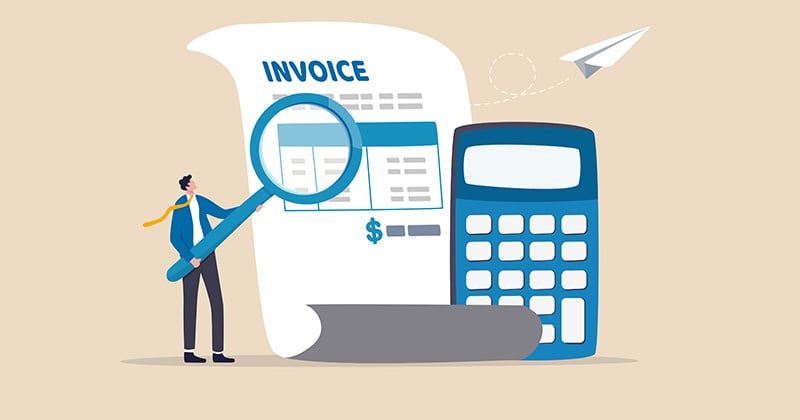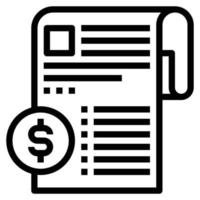Perfect your invoices and quotes, and you’ll start getting paid faster. That’s a huge win—especially in a climate where almost 30% of small businesses are uncomfortable with their cash flow.
Our top tip: Make sure your documents are clear and complete. Don’t miss any of the important details.
Items to Include in a Price Quote
A comprehensive quote is an effective one. Make sure yours includes the following:
- Your business details. Add your company name, logo, contact information, and any licensing or tax ID numbers.
- A professional greeting. A simple “Dear [Client’s Name]” makes your quote feel more personal and polished.
- A detailed breakdown of costs. Include materials, labor, additional fees, discounts, and potential deductions.
- A clear list of products or services. Specify what’s included so the client knows what they’re paying for.
- Payment terms and expiration date. Let the client know when payment is due and how long the quote is valid.
- Notes on extra charges or conditions. If certain factors could change the final price (e.g., custom requests or unexpected complications), mention them upfront.
Make sure you don’t forget anything!
Here’s a library of templates to help you create professional price quotes. Feel free to download, modify, and use any you like.
Items to Include in a Sales Invoice

When writing up your sales invoices, add in this information:
- An invoice number. Each invoice should have a unique number. That way, you can track it down later.
- Your company details. Include your business name, logo, address, and contact information.
- Customer information. List the client’s name, address, and their contact details.
- Important dates. Include the invoice issue date and due date (this might be an actual date like March 11 or a timer period, like “Payment due within 14 days of receipt”).
- A breakdown of products or services. List everything provided, along with quantities, hours worked, unit prices, and total costs.
- Any additions, credits, or deductions. If there are taxes, discounts, or extra fees, ensure they’re itemized.
- Total amount due. Add everything up so the client knows exactly what to pay.
- Payment terms and methods. Say how and where the client should send payment—bank transfer, credit card, or PayPal, as examples.
- Late payment policy. If you charge late fees or interest on overdue payments, mention it here.
Looking for the right invoice template? Download one of our free, easy-to-use invoice templates to get started.
If you need a more customized invoice for your business, check out our online invoice generator for a simple way to create custom professional invoices.
RELATED ARTICLE: Invoice vs. Bill: What’s the Difference?
Improve Your Payments Processes
Now you know the ins and outs of the invoice vs. quote comparison. It’s time to upgrade your payments process:
- Audit your current quotation and invoicing method. Is it working? Are there any bottlenecks? Do you get paid on time? Are customers often confused?
- Find fixes for your biggest problems. For example, if invoicing has become so time-consuming that you put it off, consider using software like Invoice Simple. With it, you can streamline quote and invoice creation and management.
- Add branding to your quotes and invoices. A small logo and a few color changes go a long way.

